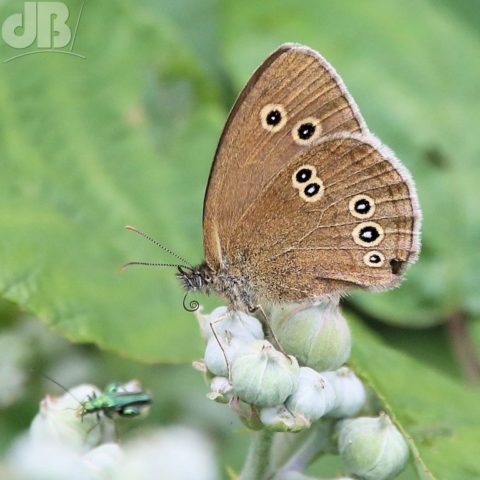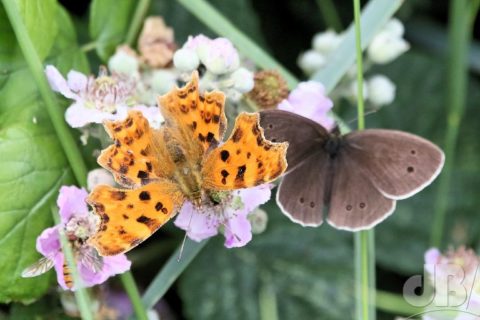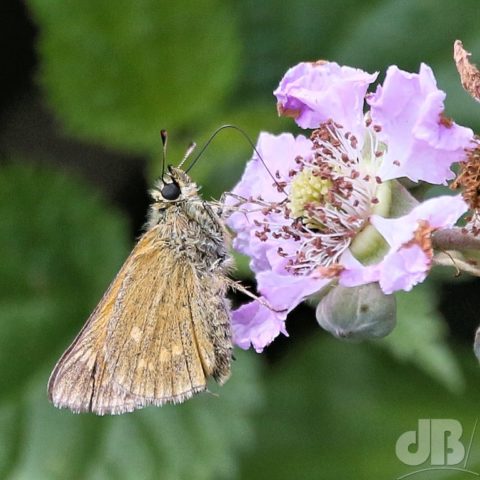UPDATE: Reading Oates, I realise now that the June Gap is more widely appreciated, particularly by beekeepers rather than butterfliers. Indeed, the gap isn’t really about the invertebrates at all, it’s about the flowers. The spring flowers come and go and there is commonly a gap between their final blooms and the emergence of summer flowers.
It is this period that beekeepers think of as The June Gap, a period when there is far less nectar available for their apian charges. This, of course, means there is less food for other nectaring species, such as butterflies, and so they have adapted to cope with this in terms of their flight periods and reproductive cycles, hence the hibernators, the spring emergers, and the summer species.
However, climate change and change ecosystems now mean that much is altered from when the notion of a June Gap was first discussed and indeed, the very notions of the immutable four seasons in the temperate zones are being disturbed by global effects driven by rising atmospheric carbon dioxide levels.
There always seems to have been some overlap between what we might call the spring butterflies (Orange Tips, Brimstone, Peacocks etc) and the emergence of the summer species, like this Ringlet, the Heaths, the Blues, and the Meadow Browns, Skippers etc. But some of those Spring species keep going well into the summer and some of them have a second brood too.



So, while there may have been a June Gap in flowers (that too is changing), insects and plant life don’t tend to obey our qualitative rules. Indeed, many years there are commonly more butterflies and more butterfly species on the wing in June than in the earlier spring months or later in the summer.
For more of my butterfly photos, check out the Lepidoptera galleries on my Imaging Storm website.